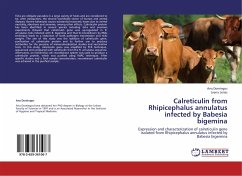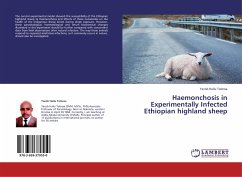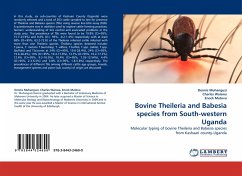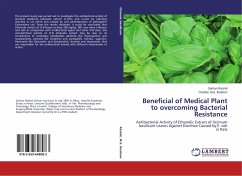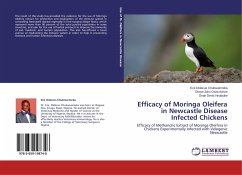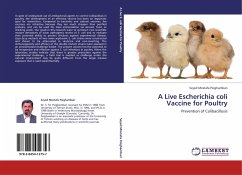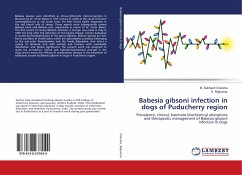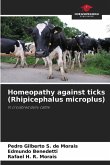Ticks are obligate parasites in a large variety of hosts and are considered to be, after mosquitoes, the second worldwide vector of human and animal diseases. Bovine babesiosis causes substantial economic losses due to animal mortality, abortions and anaemia, among other effects. Calreticulin protein has been identified in several species including ticks and previous experiments showed that calreticulin gene was up-regulated in R. annulatus ticks infected with B. bigemina and that its knockdown by RNAi technique leads to a reduction of both pathogen transmission and ticks weight. The aim of this study was the isolation of calreticulin gene, purification of calreticulin protein and its further use to produce antibodies for the purpose of immunolocalization studies and vaccination tests. In this study, calreticulin gene was amplified by PCR technique, sequenced and compared with calreticulin from the R. annulatus sequence. Afterwards, an Escherichia coli recombinant system was usedto produce a calreticulin protein, which was purified using IMAC technique. After specific elution and a final sample concentration, recombinant calreticulin was achieved in the purified sample.
Bitte wählen Sie Ihr Anliegen aus.
Rechnungen
Retourenschein anfordern
Bestellstatus
Storno

